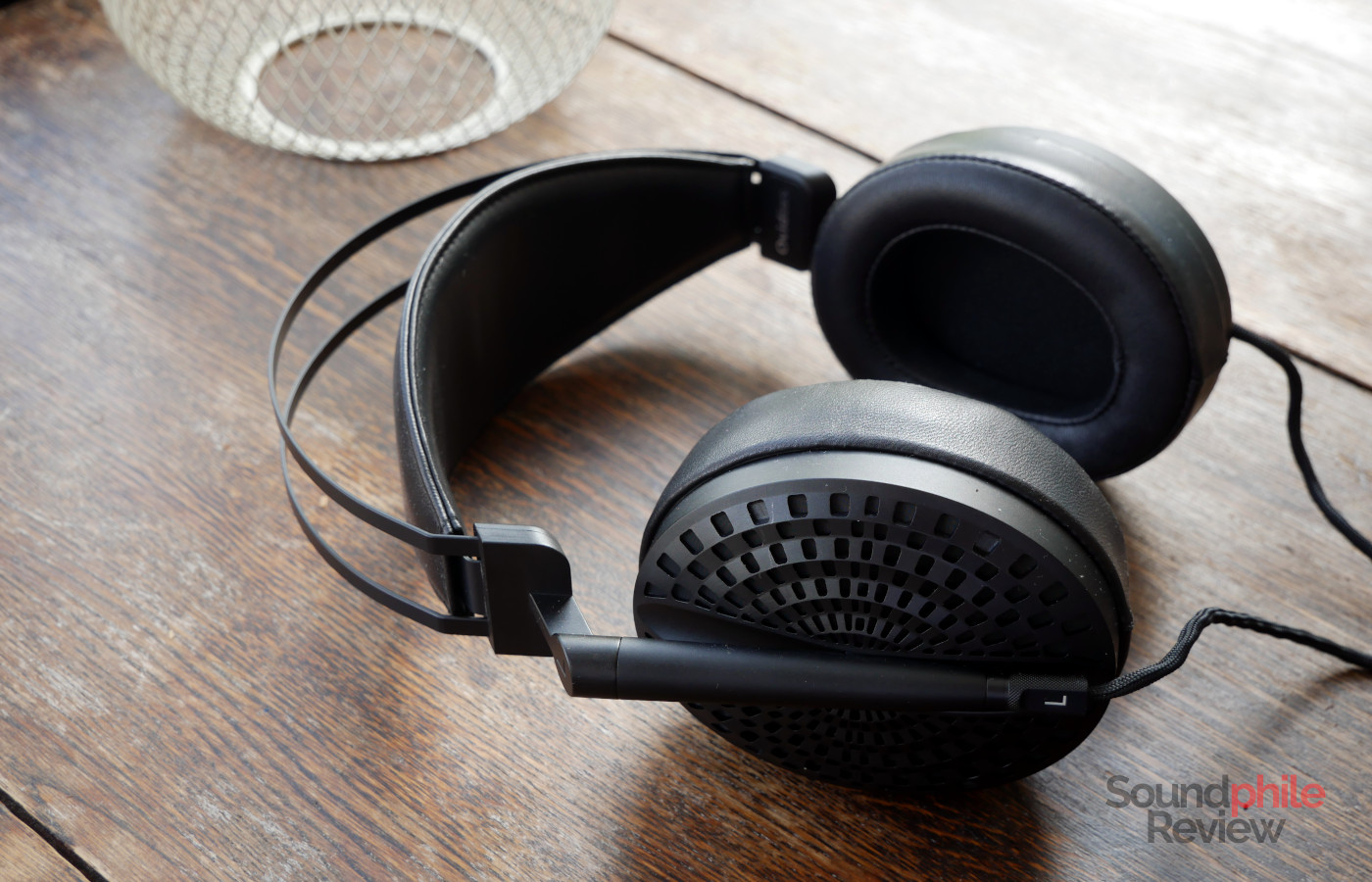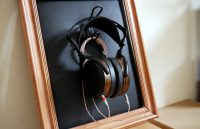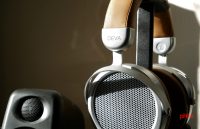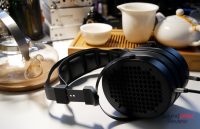Ovidius is a new brand which appears to specialise in planar headphones, be they full-sized or in-ears. The company’s flagship is called the Ovidius TX-901 and is also known as the “Combat Armour”, as it is said to resemble the armours of chariots and warhorses of the Qin Dynasty period. Will this unusual design be enough?
Disclaimer: I received a free unit from Linsoul, who sells the headphones for $499.99.
TL;DR: recap
| Pros |
Cons |
| + Great design
+ Very comfortable + Impressive build quality + Good overall level of detail |
– Very unbalanced sound signature
– Recessed, muddy midrange – Poor technicalities |
Rating: 6/10
Packaging & Accessories
In terms of packaging, there’s not much to say: the Ovidius TX-901 are shipped in a large box with a lot of padding (which is good, as the headphones weren’t damaged during transport while being taken care of in a far from perfect way by the shipping company), but then there’s not much inside this box. In fact you only find the headphones and their cable, with nothing more.
Design & Comfort
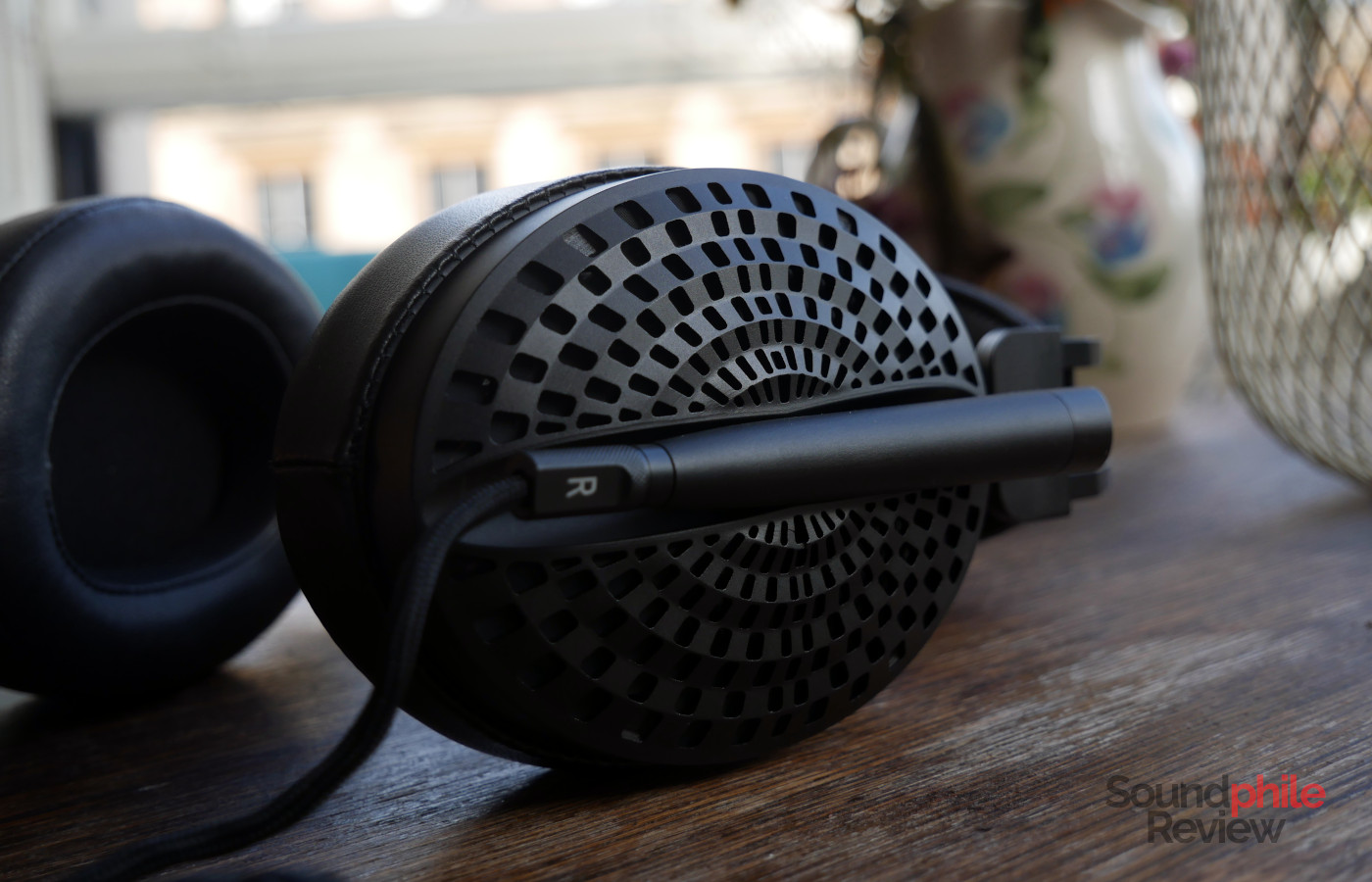
I’m not entirely sure how accurately the Ovidius TX-901 imitate the armours from the Qin Dynasty, but these headphones surely are quite different from the rest of the pack. Their use of unevenly-sized holes on the earcups is quite unique and is certainly a welcome departure from the usual design of headphones. The earcups are attached to the headband through two elongated ‘sticks’, at the end of each of which is a 2.5 mm jack socket. This design is impressive and is one of the best I’ve seen in recent years in terms of pure eye candy.
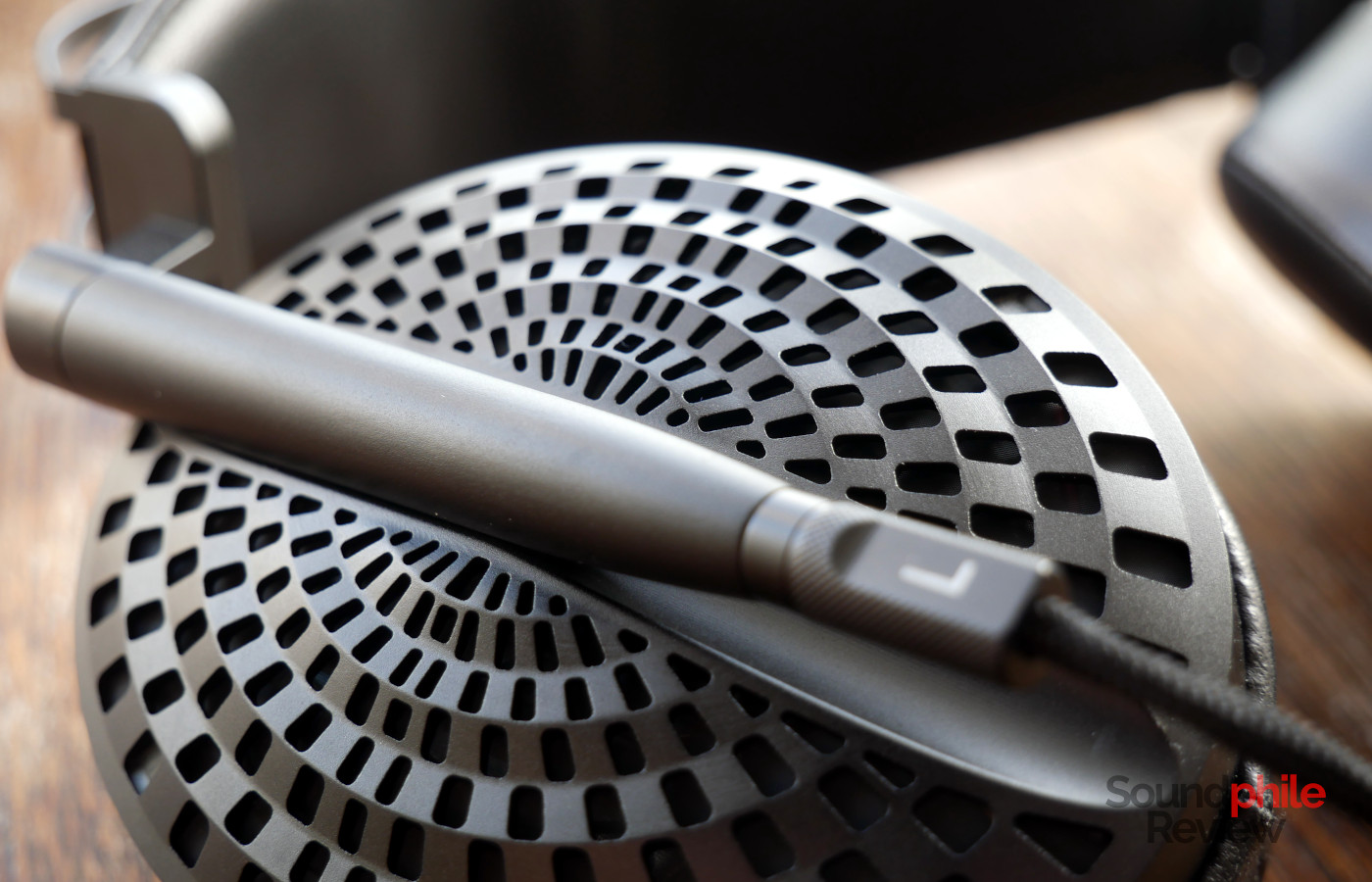
The build quality is just downright impressive. The headphones are entirely made of metal, save for the headband (that wouldn’t be so comfortable, would it?), and they’re very well assembled, with no creaking at all. For a first product, the TX-901 are really noteworthy. The earcups swivel on their supports in all directions, so there’s always a margin for adjustment once you put them on your head; in any case, they rotate 180 degrees vertically. They do wobble a bit, but this also makes them adjust better to the shape of your head so I don’t consider it necessarily a con.

Despite the considerable weight of 420 g, comfort is quite good and I can wear the Ovidius TX-901 for more than two hours with very little discomfort – quite a good result, as my scalp is extremely sensitive and usually doesn’t appreciate me wearing full-size headphones. Even though I’ve got relatively large ears, the earcups padding is big enough not to cause any issues.
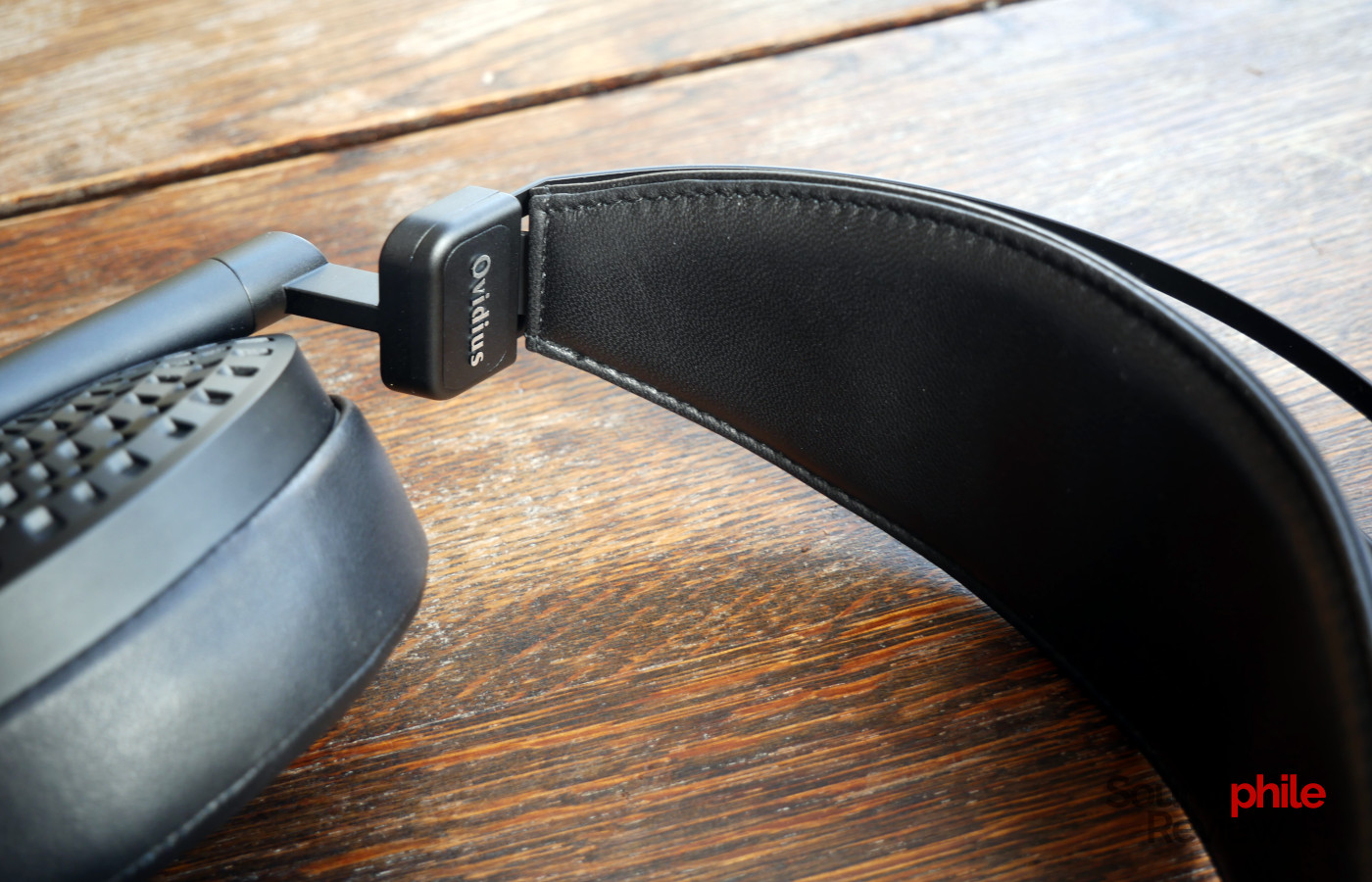
Isolation is nihil, which is expected considering these are open-back headphones.
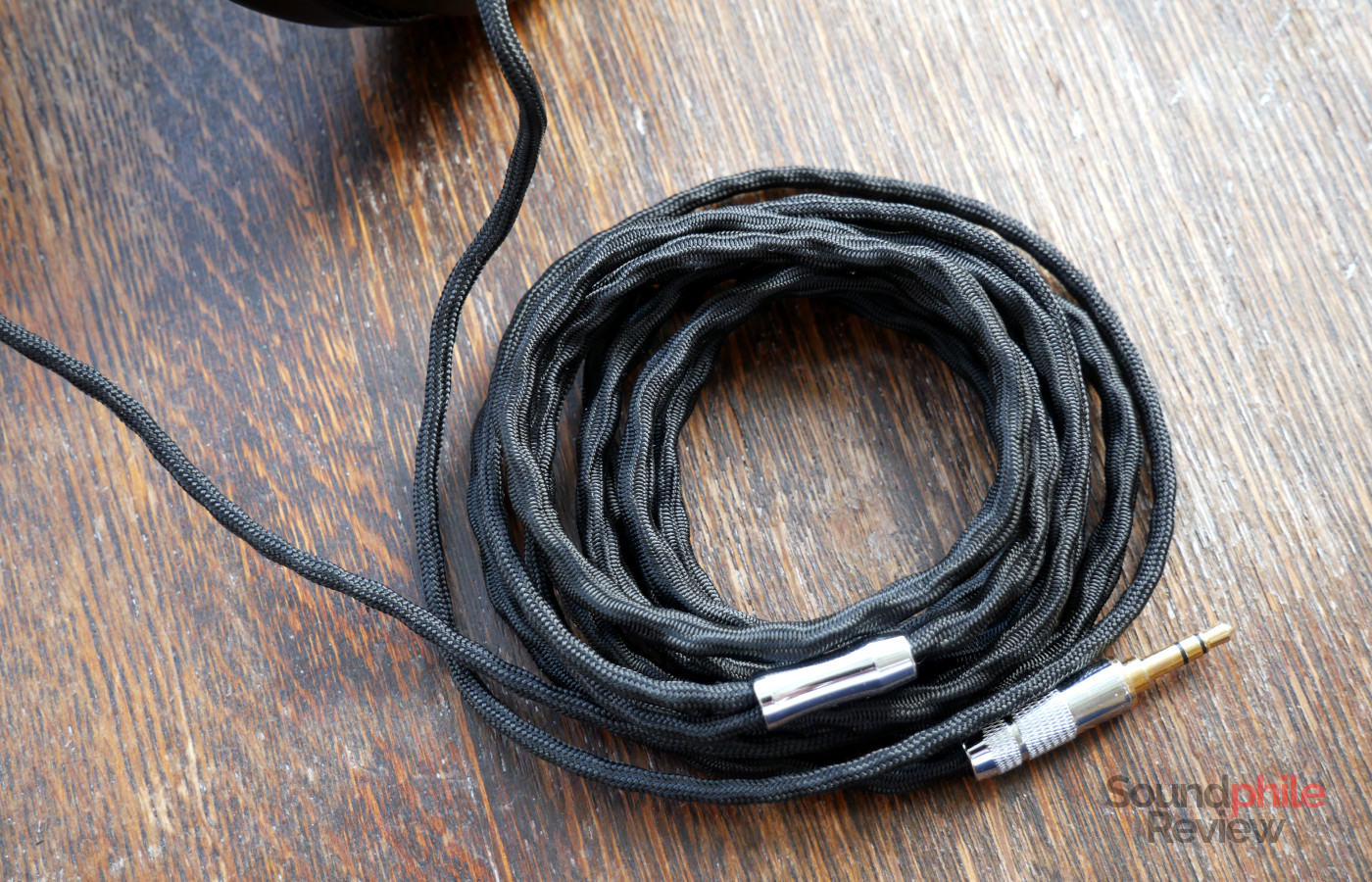
The stock cable provided by Ovidius is quite nice as it is very soft and malleable, with a black sleeve that also makes it elegant. All the connector housings are made of metal and so is the Y-split. It is quite long, at 2.5 m, which is great if you want to listen to your headphones e.g. while on the sofa. One thing to note is that the two jacks that go inside the headphones are TRRS; this means the headphones would theoretically accept balanced connections, but it’s not clear if they are compatible with existing cables for other brands (e.g. HiFiMAN). I asked Linsoul and they said they probably aren’t. The company mentions that this is a “silver-palladium cable”, which I have no way of verifying – but I wouldn’t honestly bet my money on that, considering the prices of palladium are equivalent to those of gold (~£1,500 per ounce as I am writing this!); by comparison, silver is ~100 times less expensive!
Sound & Specs
I’ve tested the Ovidius TX-901 using a Topping DX7 coupled with a Drop THX AAA 789 and reproducing FLAC files, mostly ripped from CDs.
Ovidius TX-901 |
| Frequency response | 15 – 40,000 Hz |
| Impedance | 60 Ω ± 15% |
| Sensitivity | 105 ± 2 dB |
With an impedance of 60 Ω and a sensitivity of 105 dB, the Ovidius TX-901 are relatively easy to drive and do not need a lot of power. They use a 100 mm planar driver seemingly developed in-house
Soundstage is quite intimate for an open-back headphone and the instruments sound quite close to the listener, with little space around them. There’s not much width and depth is even more limited. Imaging is a bit limited, as most instruments are crammed in the central area and there’s not a lot of space for them to move in, so basically everything sounds like it’s coming from the centre. Instrument separation is not really good, as most stuff in the low end and in the middle is quite muddy.
Bass has quite good depth, though it is mostly concentrated in the mid-bass area. It sits right in front of midrange and it doesn’t end up covering it while still adding warmth to the sound. It is quite good, in the sense that it’s quite fast and decently physical, though it’s not the stereotypical planar physicality. It’s also decently detailed, though the details are often lost in the mix when playing even mildly complex tracks.
Although there is a significant peak in the upper region, midrange sounds a bit muddy and lacking definition. In fact this weird tuning greatly privileges instruments like trumpets and violins, while leaving lower-frequency ones much less audible. This creates an imbalance that can sound good with some tracks, but which can generally make music sound a bit aggressive; some instruments sound downright dull, as they reside in a recessed area. To test this out, I’ve listened to Snarky Puppy’s Slow Demon (which covers pretty much the whole spectrum) setting the volume to the point where the trumpets would be at a volume that didn’t cause me fatigue, and the result was that many instruments like the drums were barely audible, just like guitars, pianos and male voices. There’s also probably a small bump around 1 kHz that makes some things pop out, but it’s limited. Detail is actually very good.
There are multiple significant peaks in the treble region that make highs quite sharp and almost piercing. In tracks such as Snarky Puppy’s White Cap, the cymbals you can hear at the beginning are almost harsh and this indicates that there are peaks in the middle-upper area. The lower area is just slightly emphasised and adds colour without being obnoxious, so the issue lies in the middle and upper regions. At least the detail level is very good. Speed is also quite good.
Ovidius TX-901 Comparisons
Let’s compare the TX-901 to similarly-priced competitors:
- Ovidius TX-901 vs HiFiMAN Edition XS: retailing at the same price point, the Edition XS obliterates the TX-901 in almost every single way except comfort. Bass is tighter, with better detail and a lot more physicality, as well as slightly better depth. Midrange is better balanced, again with more details and better speed as well. Treble does not have fatiguing peaks and that alone makes it better, but it’s also slightly more detailed. Soundstage is wider on the Edition XS, imaging is more accurate and instrument separation is better. There’s not really any contest here.
- Ovidius TX-901 vs BLON B20: the BLON B20 are quite quirky, but they overall do a better job than the T-901 at delivering a fun-orientated tuning. Bass is slightly less elevated, but it’s also less deep; it is tighter and the level of detail is similar, but the B20 are slightly more physical. Midrange is definitely warmer on the TX-901, where it is slightly less distant while being muddier, with a similar level of detail. Treble has a similar issue of peaks, but the TX-901’s are larger and therefore harder to ignore, even at low volume; detail is slightly better on the B20. Soundstage is comparable in width, but deeper on the B20, while imaging is overall comparable. Instrument separation is better on the B20.
Final Thoughts
While I really like their design, I am not quite a fan of how the Ovidius TX-901 sound. Their signature is really unbalanced, with a warm-ish bass, a muddy midrange area and harsh peaks in the treble region. They surely are well built and very comfortable, and they have a decent amount of physicality, but they are not really competitive with the alternatives on the market at a similar price. The sound signature is the TX-901’s biggest flaw and the one because of which I cannot recommend them despite their other good qualities.

